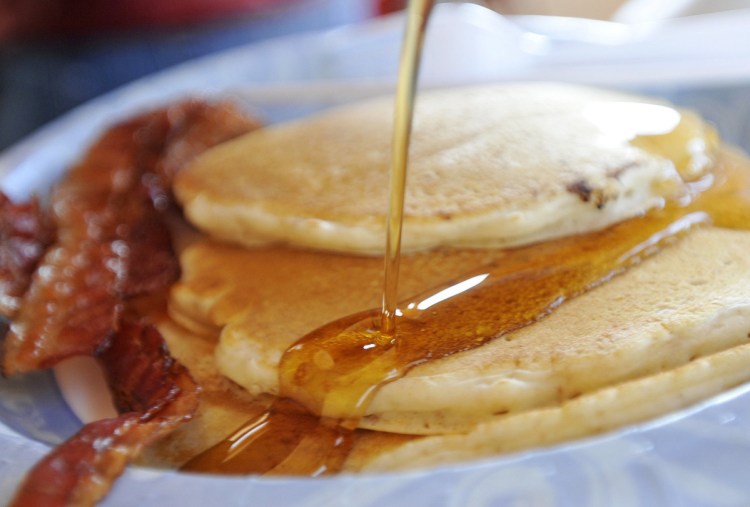All the sugar that is ever going to be in maple syrup – real maple syrup – is there when the sap runs off the tree on a warm spring day. So why would it ever need a label saying it contains “added sugars”?
The short answer is that nutrition labels are a one-size-fits-all approach that misses some of the intricacies of how food is produced and consumed.
The proposal, years in the making, comes from the Food and Drug Administration with the best intentions. Americans eat far too much sugar, and it is killing us – obesity and diabetes are just two of the chronic illnesses that result from the country’s sugar addiction.
The “added sugar” label is meant to indicate an amount higher than the recommended daily serving, but when applied to maple syrup – and honey, which is also included in the proposal – it becomes absurd.
First off, no sugar is added to maple syrup. But there is no doubt that most consumers will read the label that way, and requiring the confusing language only shortens the distance in the public’s mind between the real stuff – which includes only boiled-down maple sap – and the high-fructose corn syrup that masquerades as such. There are real differences between the two, and labels should reflect that.
More broadly, it’s not the spoonful of maple syrup that’s the problem with the American diet – it’s the extra-large stack of pancakes, with whipped cream, that it goes on. It’s the double-decker cheeseburger. It’s the small soda that’s really large, and the large soda that’s really a bucket. It’s all these things, and at nearly every meal and along with a sedentary lifestyle, that are driving poor health.
The labels are supposed to provide good information that consumers can use at a glance. For maple syrup and honey, the “added sugar” is just confusing and should be changed – and not by only adding a “clarifying” sentence, as has been suggested. Rep. Chellie Pingree, D-1st District, has introduced language into a House bill that would stop the labeling requirement.
That’s not an indictment of labels – by providing quick and easy access to nutritional information, they empower consumers.
But making better labels is only one small step. People know they should be eating more healthy food, but that knowledge is fighting against the price and convenience of unhealthy options. It is fighting against the part of the brain that wants food with sugar, salt and fat, especially if it is used to having it in large doses.
To help people live healthier lives, food policy has to reflect that battle. Now, the federal government subsidizes all the wrong foods, which plays a role in making processed food high in sugar, salt and fat cheap and attractive, while whole foods like fresh fruits and vegetables remain expensive, and often hard to get.
That’s a much more pressing problem than a little bit of maple syrup.
Send questions/comments to the editors.


